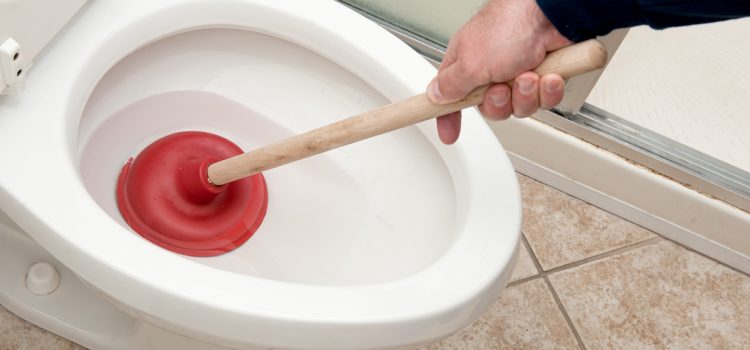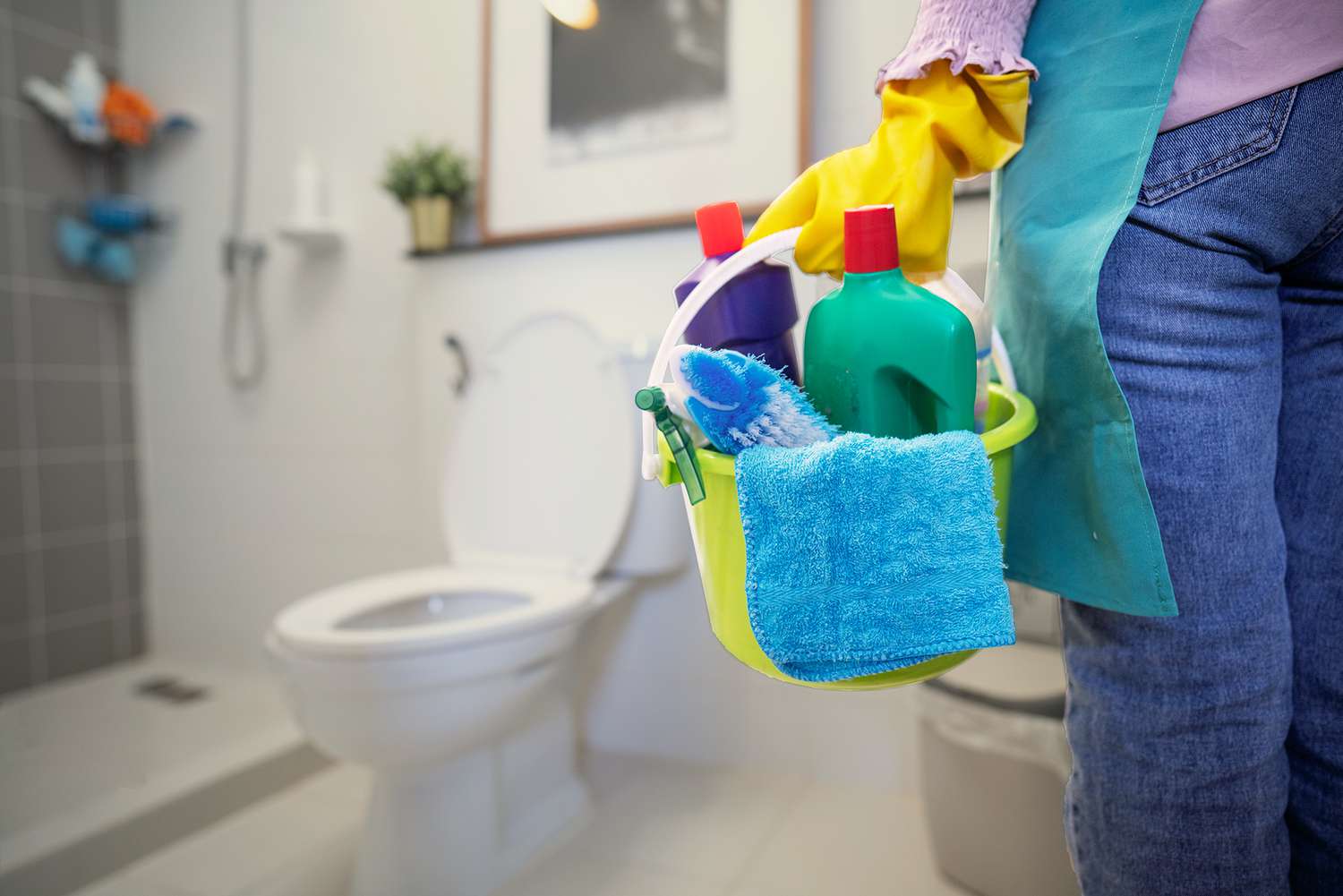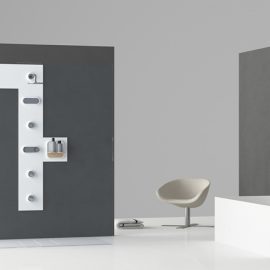
Let me be honest with you, I always feel my blood turn cold as I watch the toilet water rise instead of drop. Doesn’t that get on your nerves?
Usually, every homeowner must have come across such a disaster at least once in their life. And, the good news is that sometimes unclogging a toilet can be quite easy.
#1. The Plunging Technique

Never flush your toilet again if it does not flush properly after the first try. More water will be pumped into the toilet bowl as a result of this. Instead, remove the toilet tank lid and close the toilet flapper. Closing the flapper – the flapper resembles a circular drain stopper connected to a chain – will prevent additional water from entering the bowl.
Now, if there is any splashing, you can put newspapers or paper towels on the floor to absorb the liquid. The paper will make cleanup easier later. You should also use a ventilation fan or open a window to remove any odors from the area.
My tip will be to put on a pair of rubber gloves if the clog is severe. Toilets are filthy, but a good pair of rubber cleaning gloves will keep any germs at bay. And, please choose gloves that cover your elbows. You should also put on an old set of clothes in case things get messy.
Now, if you can see the source of the clog, reach in and remove it from the toilet. If you can’t clear it with your hands but know an object (such as a child’s toy) is causing the clog, skip the plunging and move on to another method.
At this stage, it is critical to use a large, heavy-duty rubber plunger (of good quality), either ball-shaped or with a fold-out rubber flange on the bottom that forms a seal. Do not use a small, low-cost suction-cup plunger. These are frequently ineffective. And, remember: Before using the plunger, run it under hot water. This will soften it and aid in the formation of a seal.
To be effective, it is essential to insert the plunger completely into the bowl. The plunger should be immersed in water. It is critical to push and pull water through the opening rather than air. If necessary, fill the bowl with water from the sink. You can start slowly at first, as the first plunge will force air into the bowl. Push down and then sharply pull up to disturb and loosen the clog. Push and pull as hard as you can until the water starts to drain. It could take 15 to 20 cycles for the toilet to unclog. Please be patient. As long as you’re certain there’s no hard object in the way, plunging alone can often suffice. It may not work right away, but it will usually work after a few repeated efforts and flushings, with each effort consisting of dozens of plunge cycles.
See, if the plunging eventually drains the bowl but the clog continues to obstruct free flow down the drain, leave the plunger in the bowl and refill the bowl with water. Fill it to the point where it would normally be after a regular flush, then plunge once more. If you have stubborn clogs, you may need to repeat this process several times.
#2. Using Enzyme-Based Products

Step 1: Try to buy a product that contains a blend of enzymes that liquefy waste. These enzymes are used to break down waste in septic systems. Products of this type are typically available at home improvement stores in or near the plumbing aisle. Because it does not harm your pipes or the environment, enzyme waste removal is preferable to using a drain-clearing chemical. And, please remember that this method is only applicable to organic waste and will not work on toys or other objects.
Step 2: Stick to the directions on the container. Pour the enzyme product into the toilet bowl in the recommended amount. Typically, you will be told to wait overnight for the enzymes to do their work on the clog. Once the clog has been removed, the toilet should drain normally.
For more simple and easier solutions, come back to part 2.




Pingback:Clogged pipes: How To Fix Them? - Plumbers services
Pingback:Why Is My Toilet Bubbling/Gurgling? - Plumbers services